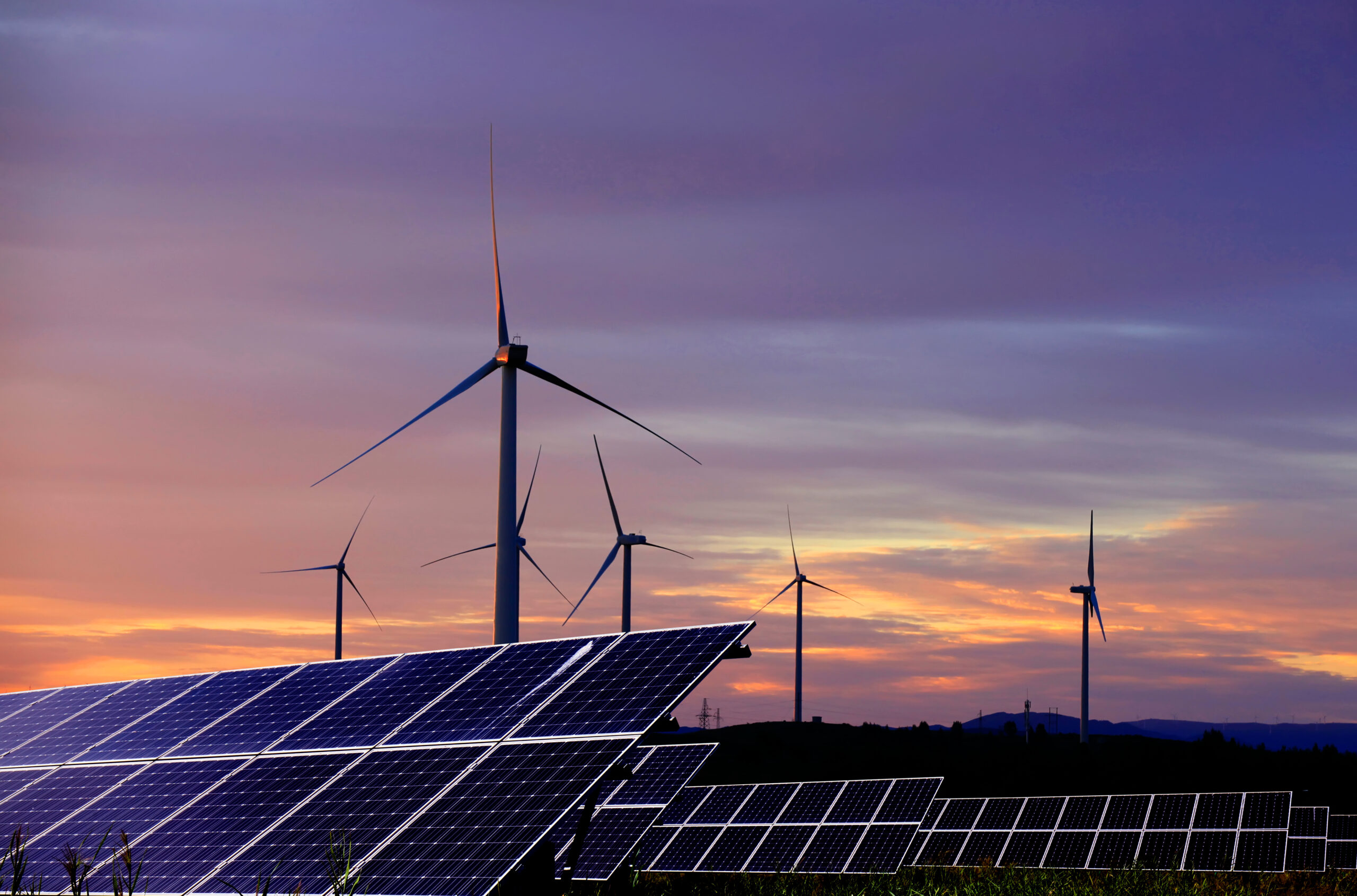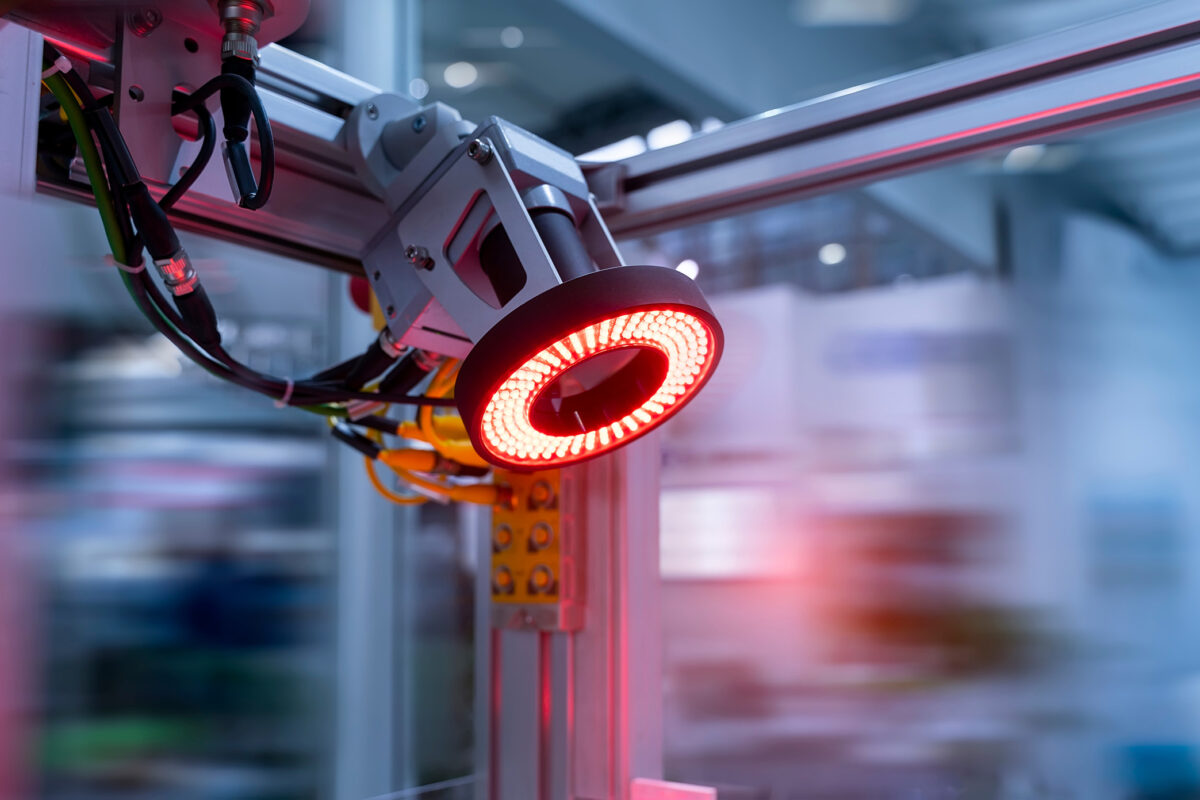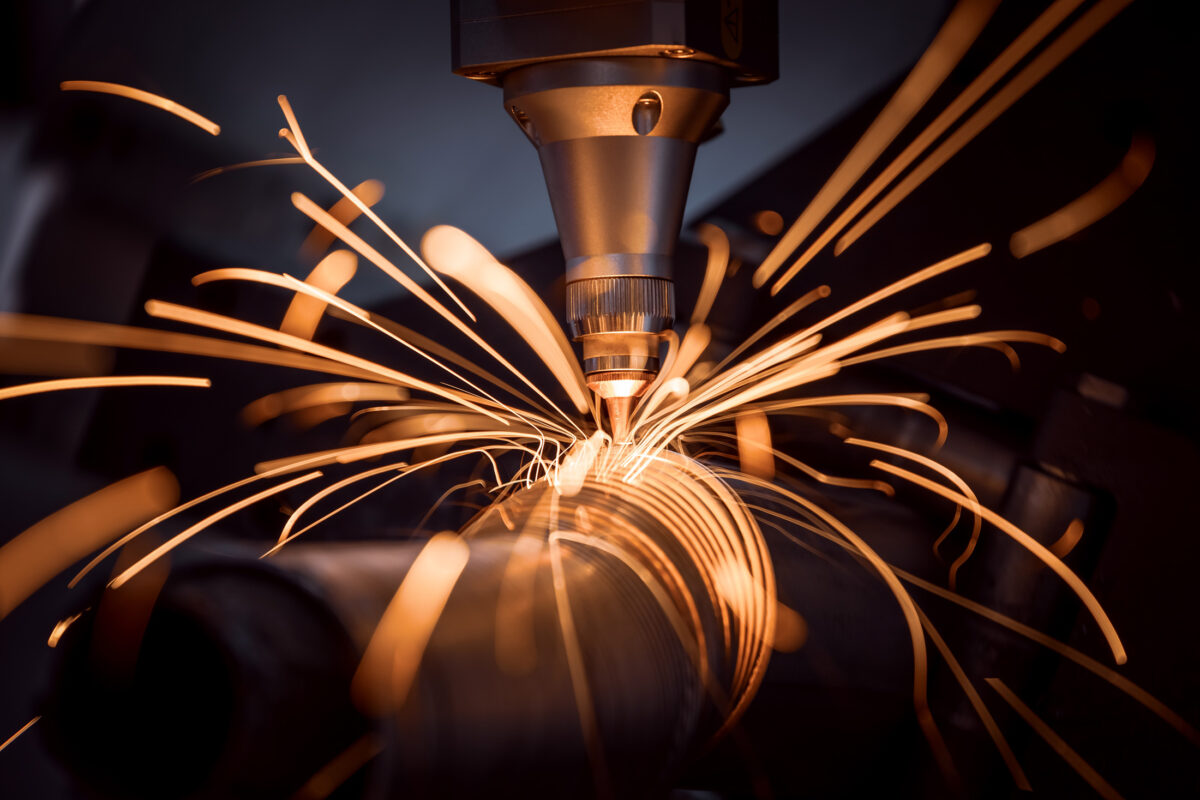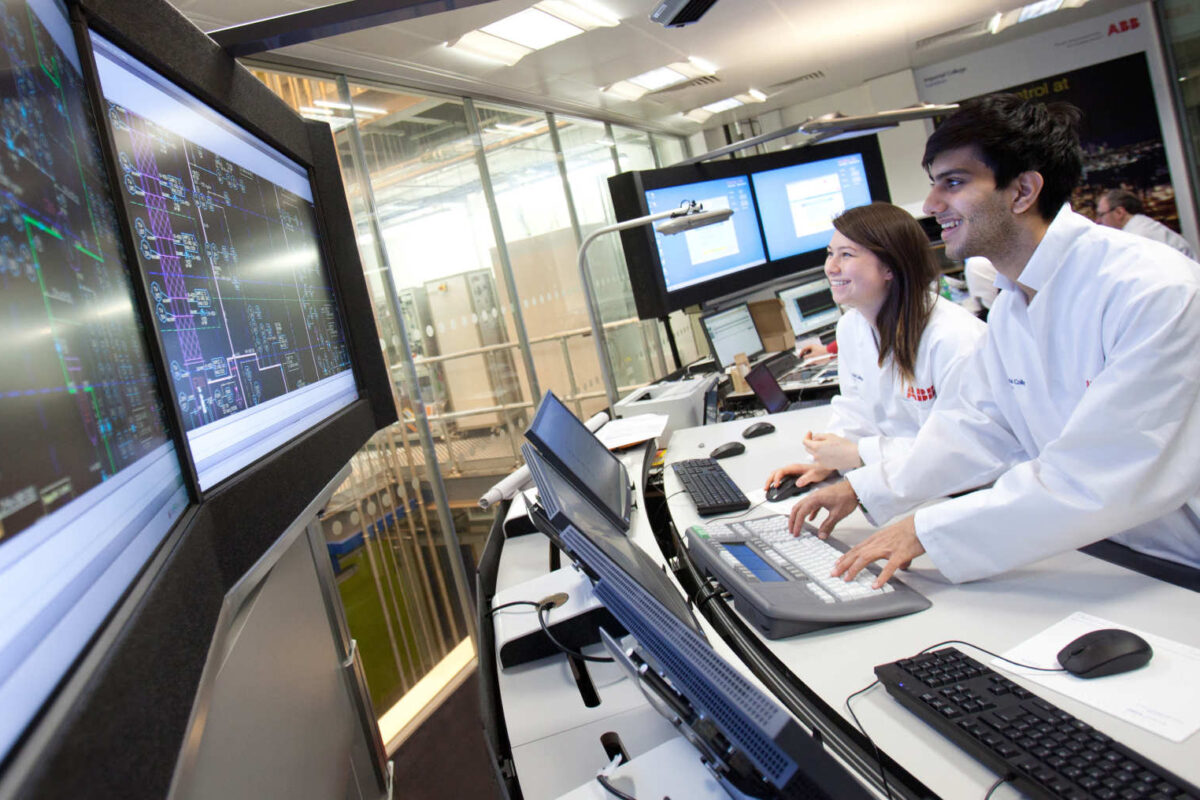Fusion offers the possibility of clean and abundant energy, but faces many engineering challenges. For the conversion of thermal energy into electricity, two challenges are addressed here: operation of prototype fusion tokamaks may be pulsed due to operational uncertainty; thermal energy will available from multiple coolant streams at different powers and temperatures. These are challenging for the design and operation of the thermal power conversion system, where components like turbines are sensitive to thermal cycling and all available heat must be utilised efficiently for net electricity generation.
A dynamic model of a possible power conversion system layout is developed in the Modelica language for a pulsed tokamak with three heat sources. During a tokamak dwell, thermal energy stored using a molten salt sensible heat storage system allows power generation in the steam Rankine cycle to continue uninterrupted. Two parallel preheating trains are employed to utilise the two lower temperature heat sources, which are switched between for pulses and dwells. Thermal energy storage systems are costly for solar thermal power plants, so it is desirable to investigate alternative designs that reduce the size of the storage, at the cost of reduced dwell power output, while maintaining stable temperatures and pressures in the Rankine cycle.
Multi-objective optimisation is used to investigate this trade-off. Using the Fresa.jl optimization package, which implements a black-box algorithm, the full dynamic model can be solved by OpenModelica and used for design optimisation. The optimisation generates a set of non-dominated designs that allows the volume of the molten salt tanks to be reduced by up to 40.5% while maintaining relatively stable turbine inlet conditions.
This work was funded by, and in collaboration with, the United Kingdom Atomic Energy Authority.









